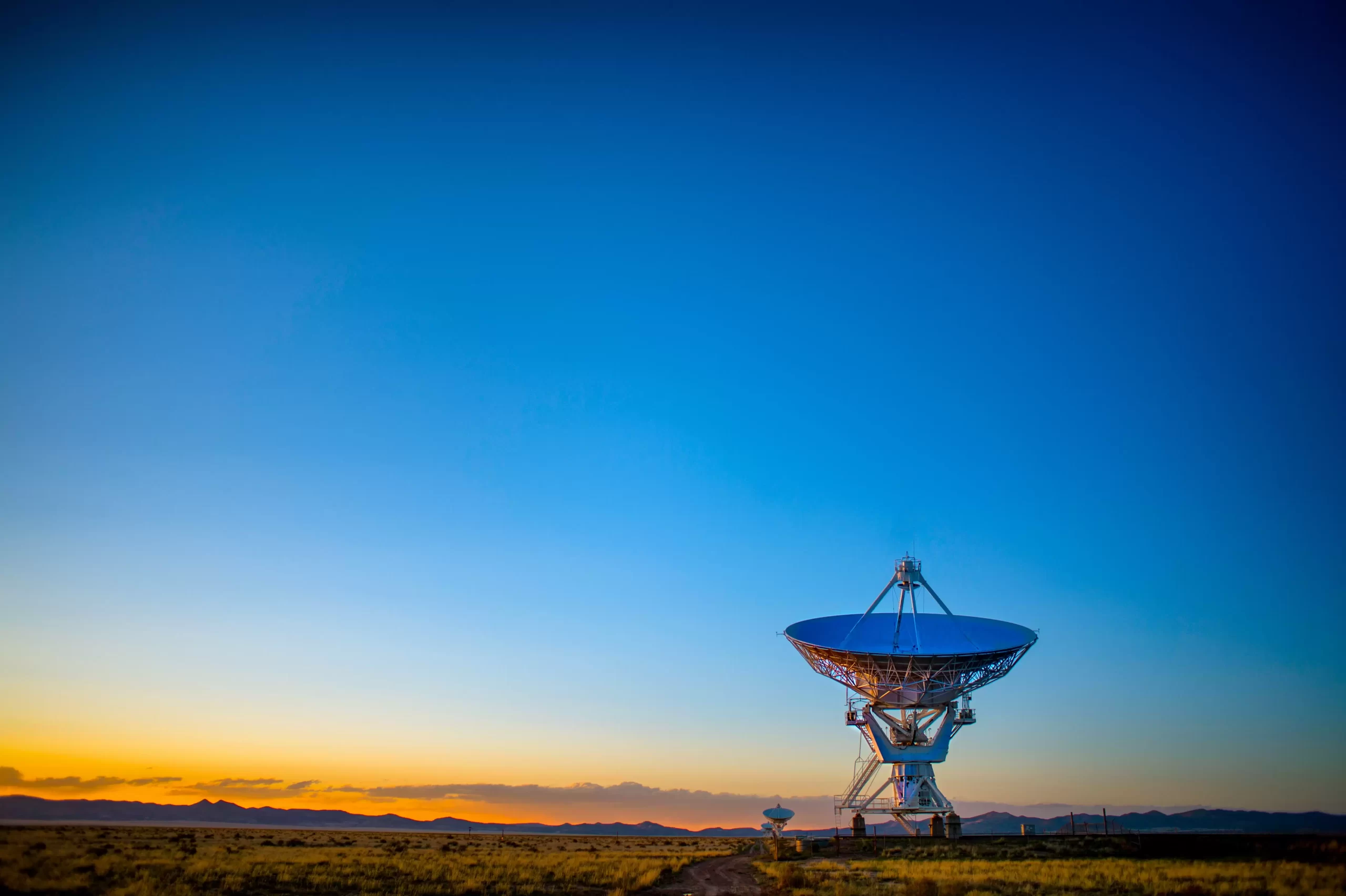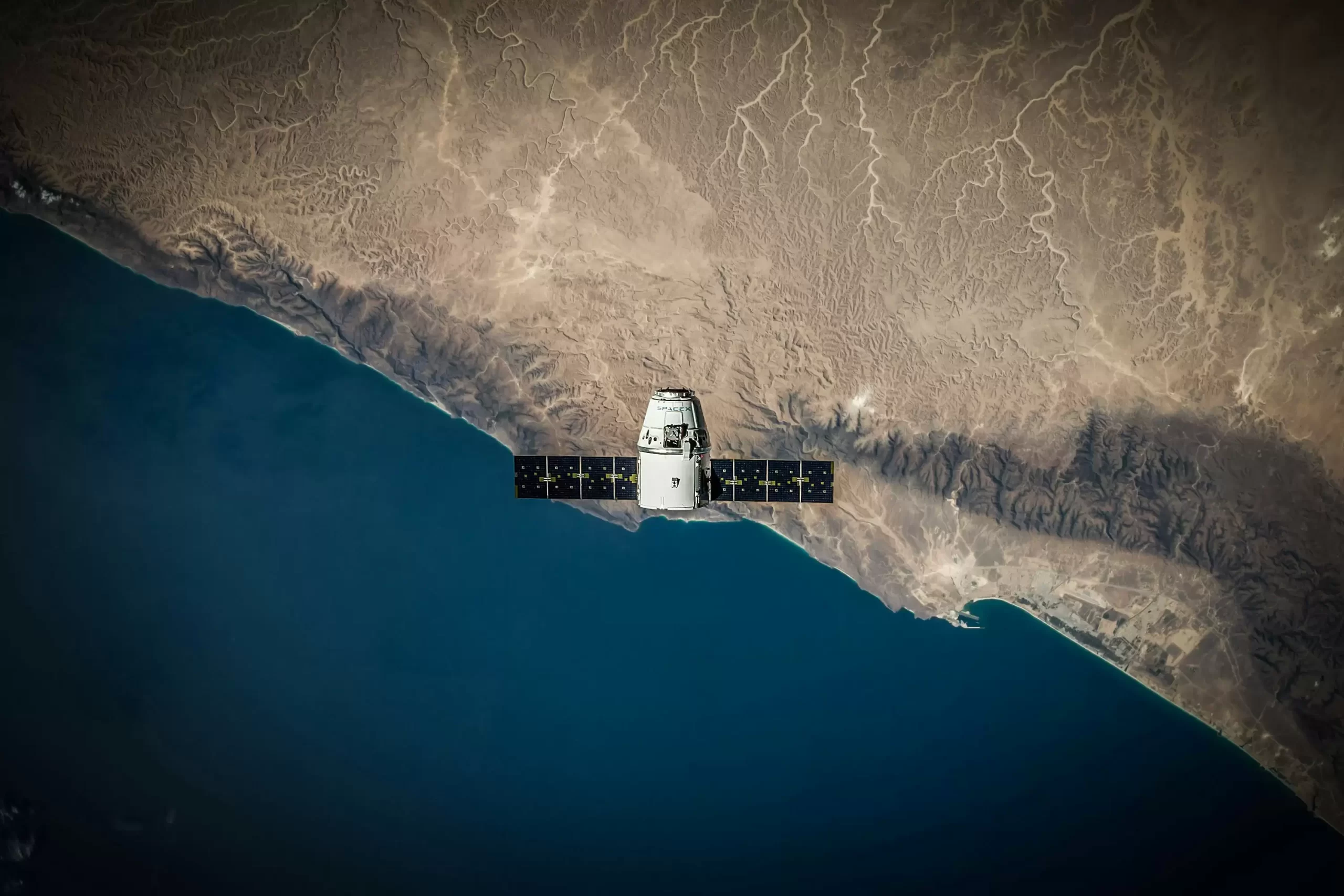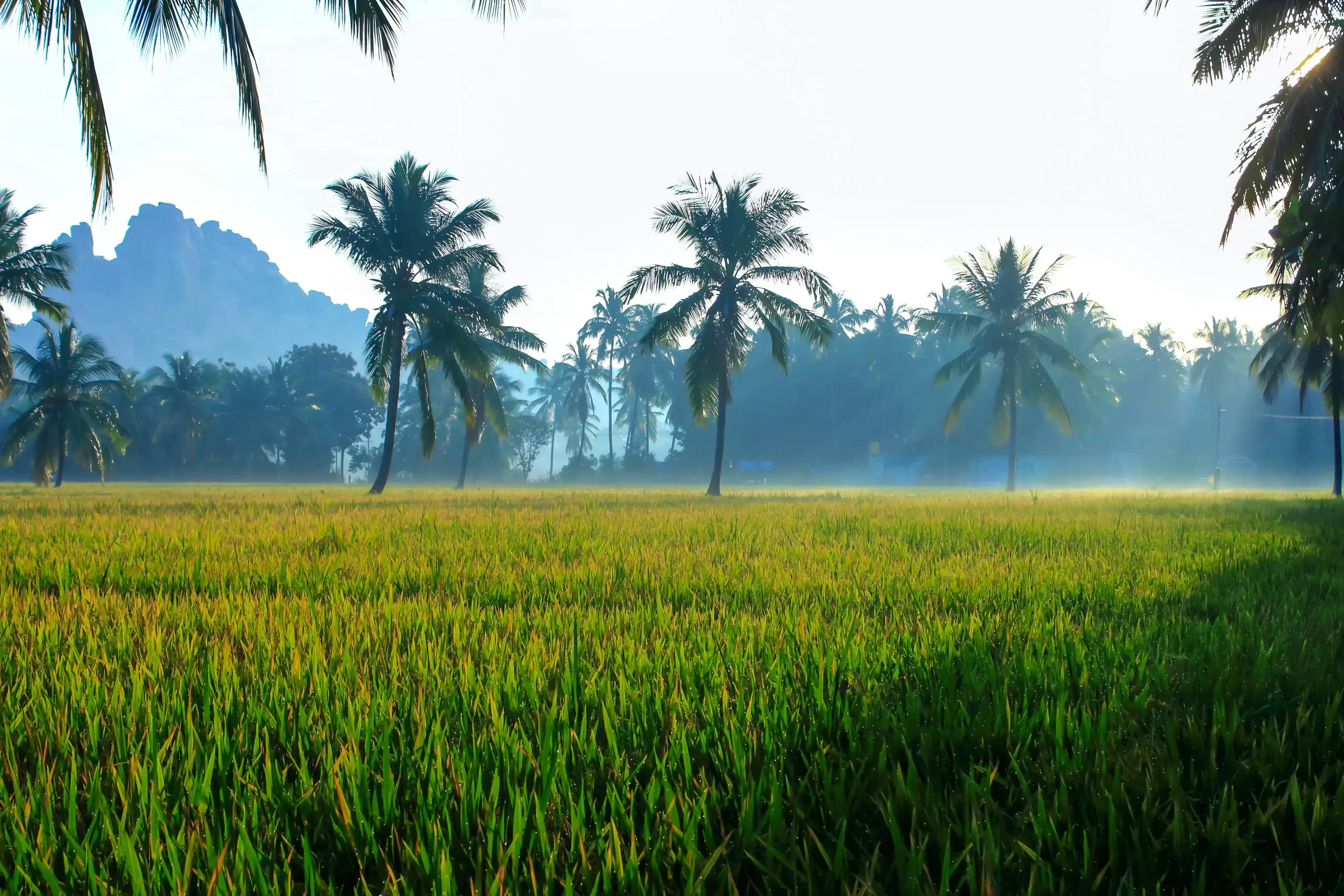In recent years, the urgency to combat climate change has catalyzed innovative agricultural techniques aimed at reducing greenhouse gas emissions. One such technique is the Alternate Wetting and Drying (AWD) method in rice cultivation. This article explores how satellite technology is revolutionizing this age-old practice, turning rice fields into significant players in the carbon credit market, thus contributing to a more sustainable planet.
Understanding Alternate Wetting and Drying (AWD)
AWD is a rice farming technique that involves the periodic drying and re-flooding of rice fields, as opposed to traditional practices that keep paddy fields continuously flooded. This method significantly reduces methane emissions—a potent greenhouse gas—since methane production is highest under fully flooded conditions. By allowing the soil to dry intermittently, AWD reduces the anaerobic decomposition of organic materials, which is primarily responsible for methane generation.
Beyond its environmental benefits, AWD also conserves water, addressing another critical resource issue. Studies have shown that AWD can save 15-30% of water used in traditional rice cultivation, thereby supporting water sustainability in agriculture-dependent regions.
Role of Satellite Technology in AWD
Integrating satellite technology into AWD practices marks a pivotal advancement in precision agriculture. Satellites with remote sensing capabilities play a crucial role in monitoring, verifying, and enhancing the efficiency of the AWD technique. Here’s how satellite technology is making a difference:
Crop Monitoring
Satellites equipped with Synthetic Aperture Radar (SAR) are used to monitor extensive rice cultivation areas, particularly in Southeast Asia. This technology allows for the observation of rice fields under various weather conditions, including during monsoon seasons when cloud cover typically obscures visibility. By providing real-time data on crop conditions, satellite monitoring helps farmers and authorities assess the health and growth of rice plants throughout different growth stages.
Water Management
The AWD technique requires precise water management to optimize rice growth and minimize methane emissions. Satellite data can help determine the optimal timing for water application and drainage by monitoring soil moisture levels and plant health. This information is critical for implementing the AWD irrigation strategy effectively, which involves alternating between wet and dry conditions to promote deep root growth and reduce water usage.
Methane Emission Measurement
Remote sensing technology enables the estimation of methane emissions from rice fields. Specialized sensors on satellites assess the amount of methane in the atmosphere above the fields. By correlating this data with the known periods of flooding and drying, researchers can quantify the reductions in methane emissions due to AWD practices.
Crop Health and Yield Optimization
Satellite imagery helps in assessing the health and vigor of the rice crop through vegetation indices like NDVI (Normalized Difference Vegetation Index). Such indices provide valuable information about plant health, which is crucial for determining the impact of AWD on crop yield. Better crop health monitoring helps in fine-tuning AWD methods to ensure that water savings and emission reductions do not compromise the crop yield.
Verification for Carbon Credits
For rice farmers to earn carbon credits through AWD, it is essential to verify the reduced emissions scientifically. Satellite technology offers a transparent, scalable, and cost-effective solution for this verification. By providing undisputable evidence of the practice and its effects, satellites help in certifying carbon credits that can be sold on global markets, providing additional income to farmers and incentivizing sustainable practices.

Economic and Social Impact
The integration of AWD and satellite technology not only bolsters environmental sustainability but also transforms the economic landscape for farmers. By reducing water use, farmers can cut costs and lessen the strain on local water resources. Additionally, the potential revenue from carbon credits serves as a financial incentive to adopt more sustainable farming practices.
Socially, these advancements support community resilience against climate change. Regions prone to drought can particularly benefit from water-saving techniques like AWD, ensuring food security and community sustainability.
Challenges and Future Prospects
While the benefits are compelling, the adoption of satellite-enhanced AWD is not without challenges. The initial setup for satellite monitoring and the need for technical expertise can be daunting for smallholder farmers. Furthermore, integrating this new data into everyday farming practices requires training and support.
Future prospects involve refining satellite technologies to provide more detailed and frequent data, making it even easier for farmers to implement precise water management. Additionally, as more farmers adopt these practices and enter the carbon credit market, there could be further innovations in financial models and market platforms to support the trade of carbon credits globally.

Conclusion
Satellite technology’s role in enhancing Alternate Wetting and Drying in rice cultivation is a testament to how modern technology can be harmoniously blended with traditional agriculture to fight climate change. As we continue to refine these technologies and expand their use, rice paddies around the world could play a crucial role in global sustainability efforts, turning traditional agriculture into a modern carbon sink. This innovative intersection of technology and tradition not only paves the way for a sustainable agricultural future but also exemplifies a proactive approach to global climate challenges.
References
- Deutsche Gesellschaft für Internationale Zusammenarbeit (GIZ) GmbH (n.d.) Available at: https://www.giz.de/en/workingwithgiz/43933.html
- International Centre for Integrated Mountain Development (ICIMOD) (n.d.) ‘Satellite Imagery in EO and GIT in Rice Crop Mapping’, ICIMOD Blog. Available at: https://blog.icimod.org/regional-action/satellite-imagery-in-eo-and-git-in-rice-crop-mapping/
- Nguyen, T. (n.d.) ‘The Alternate Wetting and Drying (AWD) Farming Technique and its Application in Vietnam’, BioSilico. Available at: https://www.biosilico.vn/post/the-alternate-wetting-and-drying-awd-farming-technique-and-its-application-in-vietnam
- PreventionWeb (n.d.) ‘Satellite data to secure rice farmers’ income in Southeast Asia’. Available at: https://www.preventionweb.net/news/satellite-data-secure-rice-farmers-income-southeast-asia
- Remote Sensing, 6(5), pp. 4090. Available at: https://www.mdpi.com/2072-4292/6/5/4090
- Remote Sensing, 12(21), pp. 3613. Available at: https://www.mdpi.com/2072-4292/12/21/3613
- Remote Sensing, 13(5), pp. 921. Available at: https://www.mdpi.com/2072-4292/13/5/921
- Sustainability, 11(15), pp. 6923. Available at: https://www.mdpi.com/2076-3417/11/15/6923
- Xu, J. et al. (2021) ‘Applications of satellite ‘hyper-sensing’ in Chinese agriculture: Challenges and opportunities’, ResearchGate. Available at: https://www.researchgate.net/publication/320395030_Applications_of_satellite_%27hyper-sensing%27_in_Chinese_agriculture_Challenges_and_opportunities
- Zhang, Q. and Wang, J. (2022) ‘Accuracy advances: How aligning satellite data with rice growth stages improved paddy mapping info in China’, AG Tech Navigator. Available at: https://www.agtechnavigator.com/Article/2024/08/30/accuracy-advances-how-aligning-satellite-data-with-rice-growth-stages-improved-paddy-mapping-info-in-china
About GreenUP
Pioneering the Green Transition with Expertise and Innovation. With over 10 million I-RECs issued since 2019, we are Vietnam’s leaders in renewable energy certification. Our comprehensive suite of services, positions us uniquely as a one-stop solution for all your green and ESG needs. Experience unparalleled market access, competitive pricing, and strategic partnerships that drive not only cost savings but also significant value to your sustainability goals.







